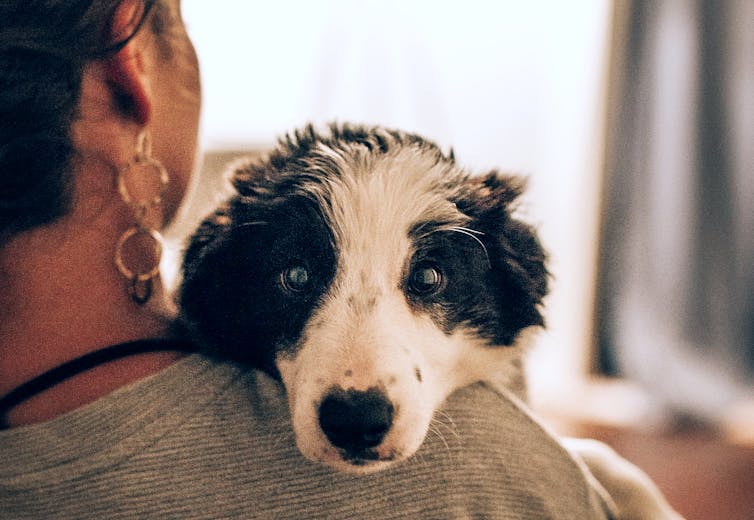
Parents will try anything to find that magic, trendy solution that works. During the 25-plus years that I've been a mom, I've experienced a handful of parenting trends. I dabbled with various parenting styles and learned that helicopter, free-range, and snow-plow parenting weren't for me. Next, I enjoyed the eco-friendly movement and then embraced mindful parenting. And I now have a whole new appreciation for homeschooling parents. (Uh, thanks, 2020. You're provided some real "learning experiences.")
As the mom of eight, I've been open to experimenting with anything that might benefit my family. I think I've found something that clicks—a minimalist approach.
Don't be frightened by this concept of focusing on the essentials!
Don't be frightened by this concept of focusing on the essentials! There are many ways you can approach minimalism so that it works for your family. Here are five ways minimalism can take you from overwhelmed to peaceful and save you money at the same time.
What is a minimalist lifestyle?
When I first heard the term "minimalist," I shook my head and said, "No way!" I imagined my large family sleeping on the floor, giving up cell phones and the Internet, and painting our rooms stark white.
Wow, was I ever wrong!
After more investigation, I found hundreds of websites, YouTube channels, articles, and podcasts that promote minimalism. My favorite definition of minimalism comes from Joshua Becker, founder of BecomingMinimalist.com.
At its core, being a minimalist means intentionally promoting the things we most value and removing everything that distracts us from it.
It is a life that forces intentionality upon us. As a result, it causes improvements in almost all aspects of your life.
With that, I was on board. I believed my family could benefit from intentionally living with only the things we really needed and eliminating any clutter that might distract us from what matters most.
What can minimalism do for your family?
The minimalist approach might just be the right one for your family, too. So, let's take a closer look at what minimalism looks like in action.
Having less stuff allows more time to enjoy your family
Raising eight kids means not only caring for them but managing all their stuff, too....
Keep reading on Quick and Dirty Tips

































